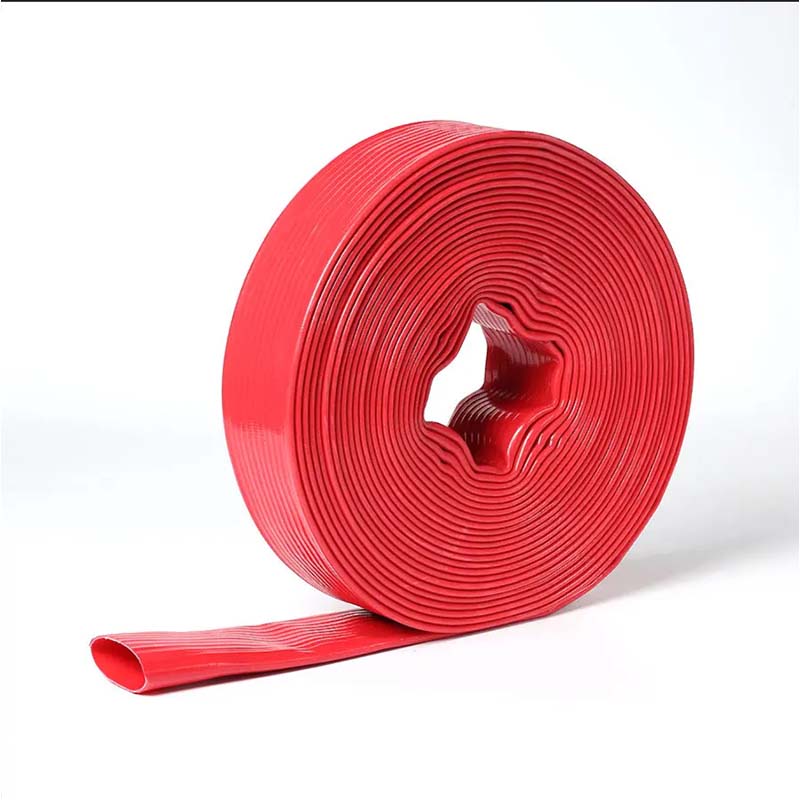Advantages and Applications of Aluminium Foil Ducts in Modern Ventilation Systems and Insulation Techniques
The Versatility and Importance of Aluminium Foil Ducting
Aluminium foil ducting is a remarkable material that plays an essential role in various industries, particularly in HVAC (heating, ventilation, and air conditioning) systems. Its unique properties, including lightweight, malleability, and resistance to corrosion, make it a preferred choice for a range of applications. This article explores the significance of aluminium foil ducting, its benefits, applications, and maintenance.
What is Aluminium Foil Ducting?
Aluminium foil ducting consists of a thin layer of aluminium coated with an insulating material. It is often used as a flexible duct to channel air in residential and commercial heating and cooling systems. The construction of these ducts ensures that they are capable of withstanding high temperatures while effectively transporting air without losing energy. This adaptability makes aluminium foil ducts suitable for various ventilation applications.
Benefits of Aluminium Foil Ducting
One of the primary advantages of aluminium foil ducting is its lightweight nature. Compared to traditional rigid ducting materials, such as galvanized steel, aluminium foil ducts are much lighter, making installation easier and less labor-intensive. The flexibility of these ducts allows them to be routed through tight spaces and around corners without the need for extensive fittings, which can save both time and resources during installation.
Another significant benefit is the durability of aluminium. Unlike plastic ducts that may degrade over time, aluminium foil ducts are resistant to wear and tear, making them a long-lasting solution for air distribution. Additionally, aluminium's reflective surface plays a crucial role in minimizing heat transfer, ensuring that the air transported through these ducts maintains its temperature and quality.
Applications of Aluminium Foil Ducting
aluminium foil duct

Aluminium foil ducting is commonly used in HVAC systems for both residential and commercial settings. In homes, these ducts ensure that heating and cooling are distributed evenly across different rooms, enhancing comfort for residents. In commercial environments, such as office buildings and retail establishments, aluminium ducting facilitates efficient air distribution, contributing to improved indoor air quality.
Furthermore, aluminium foil ducts are also prevalent in industrial applications, where they are used to vent exhaust fumes and provide fresh air to manufacturing plants. Their ability to withstand high temperatures makes them ideal for environments where temperatures can fluctuate dramatically.
Maintenance of Aluminium Foil Ducting
To ensure optimal performance, regular maintenance of aluminium foil ducting is essential. Periodic inspections can help identify any damage or wear, such as cracks or tears, which could lead to air leaks. Contractors should ensure that duct connections are properly sealed to prevent air loss, which can lead to increased energy costs.
Cleaning aluminium foil ducts is also vital. Dust and debris accumulation can impede airflow, reducing the system's efficiency. A thorough cleaning should be performed as part of an annual maintenance routine to promote optimal performance and energy efficiency.
Conclusion
Aluminium foil ducting is a key component of effective HVAC systems, offering a combination of lightweight flexibility and durability. Its resistance to corrosion, along with its insulating properties, makes it an ideal choice for a variety of applications across different industries. By understanding the benefits and applications of aluminium foil ducting, consumers can make informed decisions about their ventilation needs and ultimately enhance the efficiency and comfort of their indoor spaces. As we continue to innovate and improve ventilation technology, aluminium foil ducting will undoubtedly remain a staple in ensuring the quality of air we breathe.
-
Top Quality Oxy Acetylene Hoses for Sale Fit for Welding DemandsNewsJul.28,2025
-
The Future of Pneumatic Air Tubes in IndustryNewsJul.28,2025
-
Superior and Reliable LPG Hose Pipe Solutions for Every NeedNewsJul.28,2025
-
Exceptionally Durable and Versatile Premium Braided PVC TubingNewsJul.28,2025
-
Best Adapters for Connecting Garden Hose to PVC Pipe ConnectionsNewsJul.28,2025
-
The Essential Role of LPG Hoses in Safe and Efficient Gas DistributionNewsJul.16,2025














